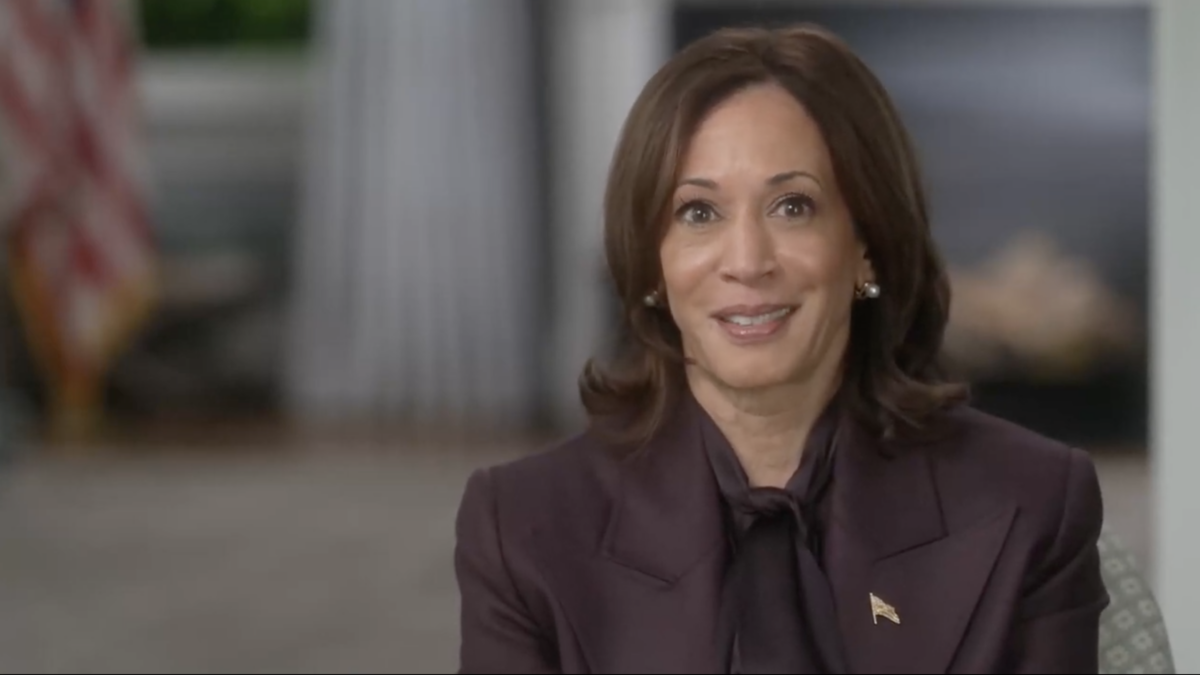Global concerns on emission mitigation are again at the forefront, with the recently concluded climate negotiations at CoP-28 in Dubai. The conference witnessed a global stock-taking exercise on completion of five years of the Paris agreement. While international progress on limiting the planet’s temperature rise to 1.5° Celsius above the pre-industrial level has been unsatisfactory, useful examples of leadership on climate change mitigation have emerged from vulnerable geographies such as Delhi.
Our progress towards a net-zero economy: Given their Paris agreement obligations, other climate negotiations and a political consensus on the need to cut greenhouse gas (GHG) emissions, countries have increasingly prioritized a transition to net-zero economies that absorb as much as they emit. As India aims for net-zero by 2070, energy efficiency must become the lynchpin of our policies. The Dubai Consensus—a resolution passed at CoP-28—highlights that a transition away from carbon-emitting fossil fuels in a just and equitable manner is critical to achieving emission-neutrality targets. The world must come together to decisively phase out fossil fuels and propel the adoption of renewable energy sources.
Considering India’s population and its projected role in global affairs, the progress made towards carbon neutrality in India has been adequate, at best, given the slow action taken by the Union government in leading a meaningful and timely transition. Note that the incumbent government’s record on the environment has been marred by serious concerns raised by environmental experts about the detrimental impact of amendments made to energy and forest conservation laws. The recently presented interim budget for 2024-25 also missed funding India’s climate ambitions sufficiently.
Delhi’s strides on climate action: In this context, the Delhi government, under the leadership of chief minister Arvind Kejriwal, has taken significant steps for inclusive growth along with impactful climate action.
Electricity and heat production, followed by transport, are the largest contributors to global GHG emissions, each having contributed an estimated 15.2 billion tonnes and 7.3 billion tonnes, respectively, over the past century. This trend holds true for India as well, with electricity generation and road transportation emerging as the two largest GHG-emitting categories of the country.
In response to these challenges, the Delhi government closed all coal-based thermal power plants in Delhi and strongly advocated the shutting down of thermal power plants across the north Indian air-shed. Further, Delhi has spearheaded the transition of both public transport and private vehicles from fossil-fuel-using engines to electric. As a result, the Delhi Electric Vehicles (EV) policy has become a front-runner in meeting green goals within the road-transport sector. It targets GHG emissions associated with both private and public transportation, addressing demand-side bottlenecks to facilitate a smooth transition away from fossil fuels.
Similarly, the Delhi Solar Policy 2024 builds on foundations laid in 2016 that enabled the deployment of rooftop solar plants within Delhi to generate over 250 megawatts of power, in addition to utility-scale solar plants for 1,250MW. Together, solar capacity of 1.5GW can meet a significant share of Delhi’s electricity demand. The 2024 policy has set ambitious targets to triple the current capacity to 4.5GW by 2027: about 750MW will be by way of rooftop solar plants in Delhi, with utility-scale solar plants installed outside the city accounting for 3,750MW. This will cater to a sizeable part of Delhi’s electricity consumption, which is projected to remain one of the highest among Indian cities. The policy also incentivizes consumers to shift to solar energy by promising a per-unit payout of up to ₹3 for electricity generated from rooftop panels.
To address concerns of initial costs, the Delhi government has also promised capital subsidies to residential consumers over and above the subsidy provided by the Central government under the Rooftop Solar Programme Phase II. Sensing broader aspirations, Delhi’s policy is now being extended to commercial and industrial consumers as well, a major upgradation of the 2016 model. A striking aspect of this policy is the priority it accords equity by allowing for the development of community solar models. It targets households that have suitable roofs to install private solar plants. Moreover, it incorporates market mechanisms to solve an energy crisis, by facilitating peer-to-peer trading so that small-plant owners can easily transfer any excess power generated to other consumers through an energy-trading platform.
The Delhi government’s just transition needs to be emulated by other Indian states, and even nationally by the Union government. CM Kejriwal has led Delhi onto a path of economic growth while keeping climate action at the heart of the state government’s policy innovations. Concerns over the negative economic impact of climate action have been relieved to a considerable extent by Delhi’s example.
The clock is already ticking on India’s ambitious 2070 net-zero goal. It will need the commitment and political will of elected leaders. Despite Delhi’s smaller geographical footprint compared to most other Indian states, its innovative policy mix on climate action has set it apart, raising our resilience and the hopes of future generations.















